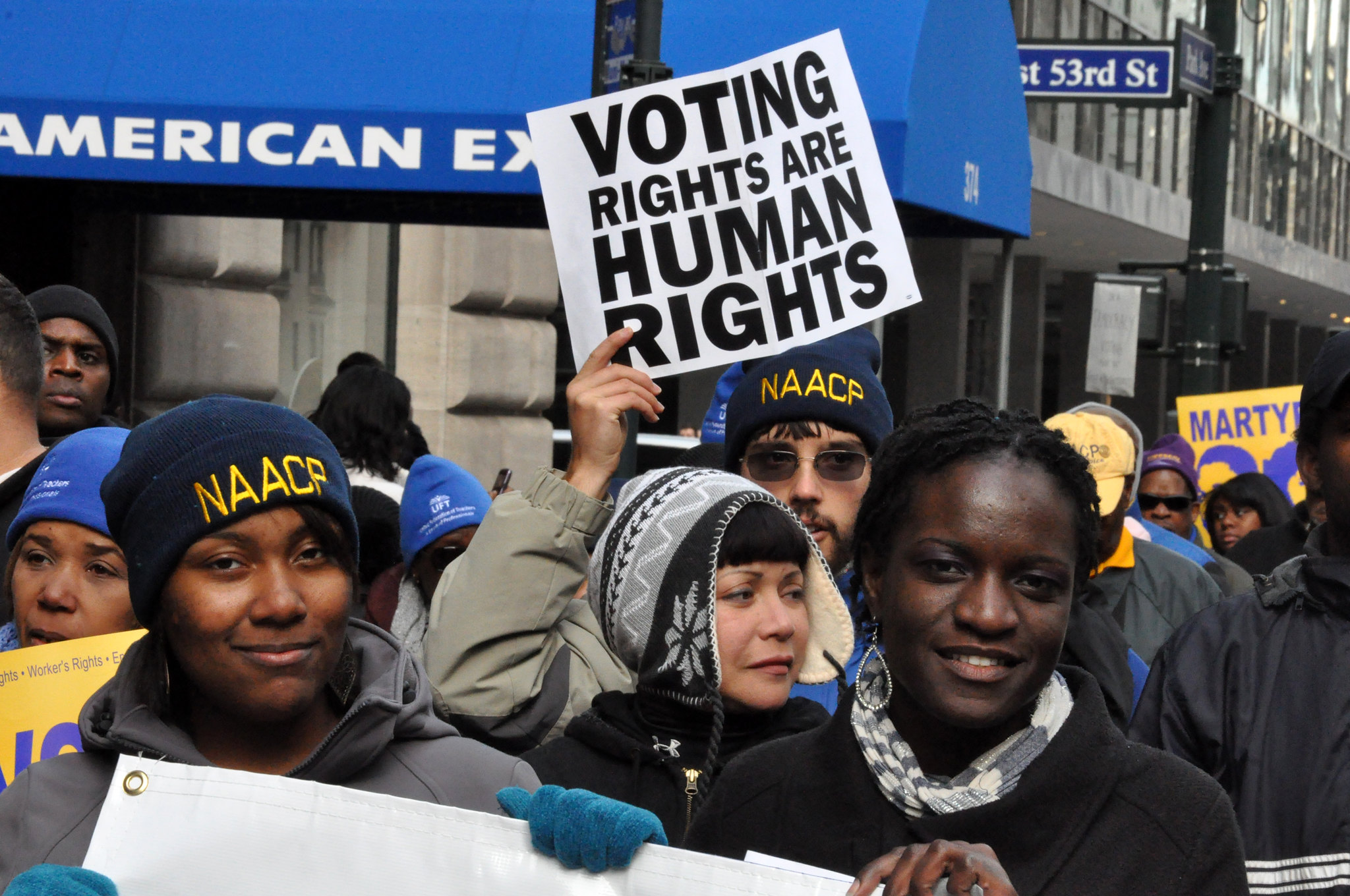I used Ursula Wolfe-Rocca’s “Who Gets To Vote? Teaching About the Struggle for Voting Rights in the United States” lesson as part of a larger unit on voting rights in the United States. Specifically, I chose to use her primary source document about Fannie Lou Hamer’s experience with voting rights as well as her guided discussion about “Who Gets to Vote?” with my students. Students were first asked to respond to a question; “Who should get to vote” on a Padlet assignment. As Wolfe-Rocca describes in our own lesson, students had all kinds of qualifications in order to vote. The most common of those qualifications was a specific level of secondary education. Without that, many students argued, a voter would be uniformed, make unwise or reckless decisions, and therefore should not have the privilege of participation in the democratic process. After that discussion, we read Fannie Lou Hamer’s oral history of learning about the right to vote, and her struggle to gain the right to vote. It was a perfect follow up to the Padlet discussion.
My students are 10th graders at a predominantly white, upper-middle-class, suburban high school. Much of what Wolfe-Rocca described in our lesson came to the fore in my lesson. The ability to use Fannie Lou Hamer’s source materials allowed my students to gain an important insight that voting should have no qualification. Student’s thinking was indeed challenged. Many students reconsidered their preconceived notions that voting should have qualifications, especially around education and literacy, and that voting is a fundamental right in our democratic system. This lesson, and the other materials provided by the Zinn Education Project, really helped me move our discussion on voting rights forward.







Twitter
Google plus
LinkedIn